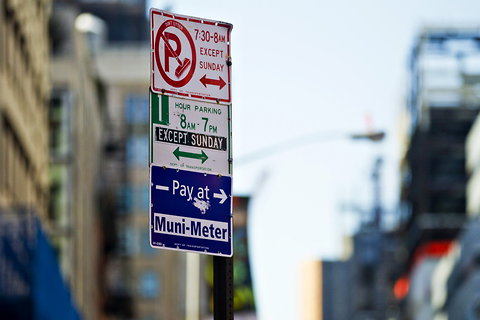Two airlines said on Friday that they had found pinched wires in emergency locator transmitters on Boeing 787s, the same type of damage that has been identified as the likely cause of a fire on another 787 in London this month.
United Airlines said it found the pinched wire, which connects the battery to the transmitter, on one of its six 787s. Christen David, a United spokeswoman, said the airline found the problem in an inspection ordered by the Federal Aviation Administration.
Japan’s All Nippon Airways said it had found a similar problem on one of its 787s. It said the damage was slight.
Both companies said they had removed the transmitters, which would broadcast a plane’s location after a crash, and sent them to the manufacturer, Honeywell Aerospace, to be evaluated.
British investigators probing the fire aboard an Ethiopian Airlines Dreamliner parked at Heathrow Airport on July 12 are focusing a possible pinched wire on an emergency beacon.
All Nippon Airways has taken the built-in locator beacons out of its eight domestically operated Dreamliners with the permission of local regulators and has inspected and put back those on its 12 787s that fly international routes.
The beacons are designed to guide rescuers to downed aircraft, although in most cases close radar tracking and eyewitness reports allow air traffic controllers to pinpoint crash sites.
Also Friday, Qatar Airways said that it had taken one of its Dreamliners out of service following what it described as a minor technical issue, as pressure mounted on the plane maker over possible new electrical problems with the advanced jet.
The airline and Boeing declined to give further details.
According to Web-tracking service Flightaware, the Qatar Airways aircraft, registered as A7-BCB, has not flown since Sunday, an unusually long downtime for a long-haul jet designed to save on fuel bills.
Qatar Airways confirmed an aircraft had been taken out of service, but said no flights had been canceled as a result.
Separately on Friday, federal regulators proposed a $2.75 million civil penalty against Boeing for installing nonconforming fasteners on its 777 jetliner and failing to correct its quality control system for two years.
The Federal Aviation Administration alleged that Boeing found it had been installing fasteners that were insufficiently tapered in September 2008. The plane maker stopped using those fasteners after it discovered the problem but according to the F.A.A. failed to correct some of its manufacturing issues related to these fasteners until November 2010.
The agency said Boeing had failed “to maintain its quality control system in accordance with approved F.A.A. procedures.”
“Boeing repeatedly submitted action plans that set deadlines for the accomplishment of certain corrective actions, but subsequently failed to implement those plans,” the F.A.A. said.
Boeing said that its action plan, filed in November 2010, had “an enhanced corrective action management system that includes a robust database for tracking issues, additional management oversight and a series of regular meetings with the FAA to review all open cases to ensure they closed in a timely manner.”
It added that it was “working closely with the F.A.A. to address any remaining concerns.”

Article source: http://www.nytimes.com/reuters/2013/07/26/business/26reuters-ana-dreamliner-beacon.html?partner=rss&emc=rss

